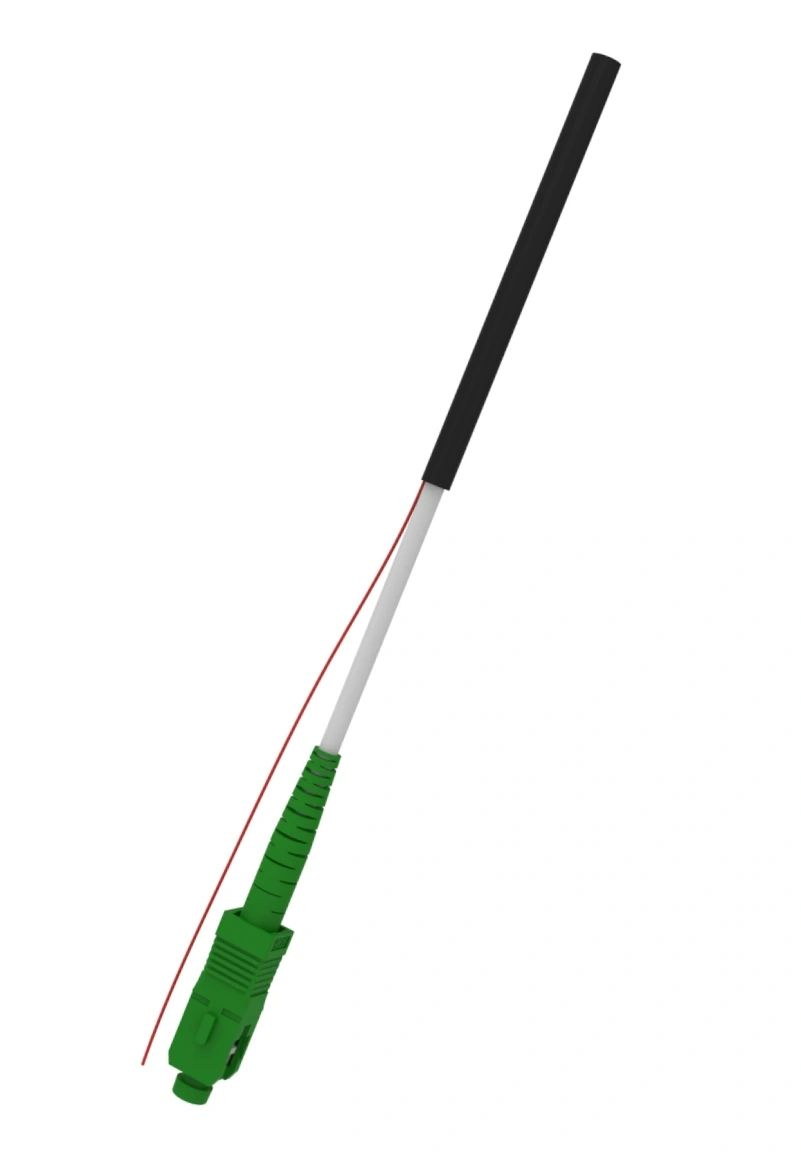A Comprehensive Guide to LC Fiber Technology

In today's digital age, where data transfer and communication are vital for businesses and individuals alike, having a reliable and efficient networking infrastructure is crucial. LC fiber, short for Laser-optimized Multimode Fiber, is revolutionizing the way data is transmitted, providing faster speeds, longer distances, and higher bandwidth compared to traditional multimode fiber. In this article, we will delve into the details of LC fiber, exploring its advantages, construction, and applications.
1. Understanding LC Fiber Technology
LC fiber is a widely used type of optical fiber that has gained popularity due to its excellent performance in high-speed networks. It is designed to optimize the transmission of laser-based signals, minimizing dispersion and loss. The LC connector used with this fiber is small, compact, and offers low insertion loss, making it ideal for high-density applications.
LC fiber is categorized as OM3 and OM4, with OM4 being the latest standard. These fibers have a larger core size compared to single-mode fibers, allowing multiple modes of light to propagate simultaneously. The use of laser-optimized technology enables these fibers to transmit data at higher speeds and over longer distances.
2. Advantages and Applications of LC Fiber
LC fiber offers several advantages over traditional multimode fibers, making it the preferred choice in many networking applications:
a. Higher Bandwidth: LC fiber has higher bandwidth capabilities, allowing it to support higher data transfer rates and handle massive amounts of information with ease. This makes it ideal for data centers, cloud computing, and other bandwidth-intensive applications.
b. Longer Distances: With LC fiber, data can be transmitted over longer distances without significant loss of signal quality. This enables the deployment of networks in larger areas like campuses and metropolitan areas.
c. Smaller Form Factor: LC connectors are half the size of traditional SC connectors, resulting in higher port density and increased rack space utilization. This is particularly advantageous in scenarios where space is limited.
d. Ease of Use: LC connectors have a push-pull latching mechanism, making connections quick and secure. Additionally, their small size simplifies cable management, saving time and effort during installations and maintenance.
LC fiber finds applications in various industries and settings, including telecommunications, data centers, local area networks (LANs), network switches, routers, and fiber-to-the-home (FTTH) deployments. Its flexibility, reliability, and high-performance characteristics make it an excellent choice for any modern networking infrastructure.
3. Installation and Maintenance of LC Fiber
Proper installation and maintenance practices are crucial for ensuring optimal performance and longevity of LC fiber networks. Here are some key considerations:
a. Cable Routing and Protection: Fiber optic cables should be routed and protected to minimize stress, bends, and potential damage that may compromise signal quality. Cables should be installed in appropriate conduits or trays to provide adequate support and protection.
b. Connector Cleaning: LC connectors should be regularly cleaned and inspected to remove dust, debris, and contaminants that can affect signal transmission. Cleaning tools specifically designed for LC connectors should be used to prevent scratches or damage.
c. Testing and Troubleshooting: Periodic testing and troubleshooting of LC fiber connections are essential for identifying and resolving any issues that may impact performance. Optical time-domain reflectometry (OTDR) and power meters can be used to measure signal loss and identify potential faults.
In conclusion, LC fiber technology offers significant advantages in terms of speed, distance, and performance, making it a vital component of modern communication networks. Its versatility and reliability make it a popular choice for various networking applications. By understanding LC fiber's construction, benefits, and proper maintenance, organizations can harness its full potential to power their networking infrastructure and propel them into the future.



